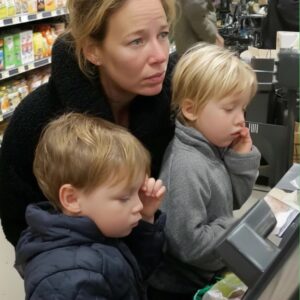By dawn, the streets looked like a frozen war zone. Trees were stripped bare, cars sat cratered and glassless, and roofs sagged beneath a brutal patchwork of holes and splintered beams. Neighbors stumbled outside in disbelief, crunching over shattered ice and debris, clutching phones and flashlights as they checked on one another. Emergency crews moved slowly through the wreckage, red and blue lights flickering across a landscape that barely resembled the quiet town it had been just hours before.
When the last of the ice began to melt, the terrifying discovery came into focus—not a secret weapon or a hidden fault line, but the stark realization of how fragile their ordinary lives had always been. Insurance claims and repair crews would come later; for now, people shared what they had, from blankets to batteries, trading stories in driveways under tarped roofs. In those raw, exhausted hours, the town discovered a tougher kind of shelter: neighbors who showed up without being asked, hands that lifted instead of pointed, and a shared promise that, no matter what fell from the sky next time, they would face it together.





